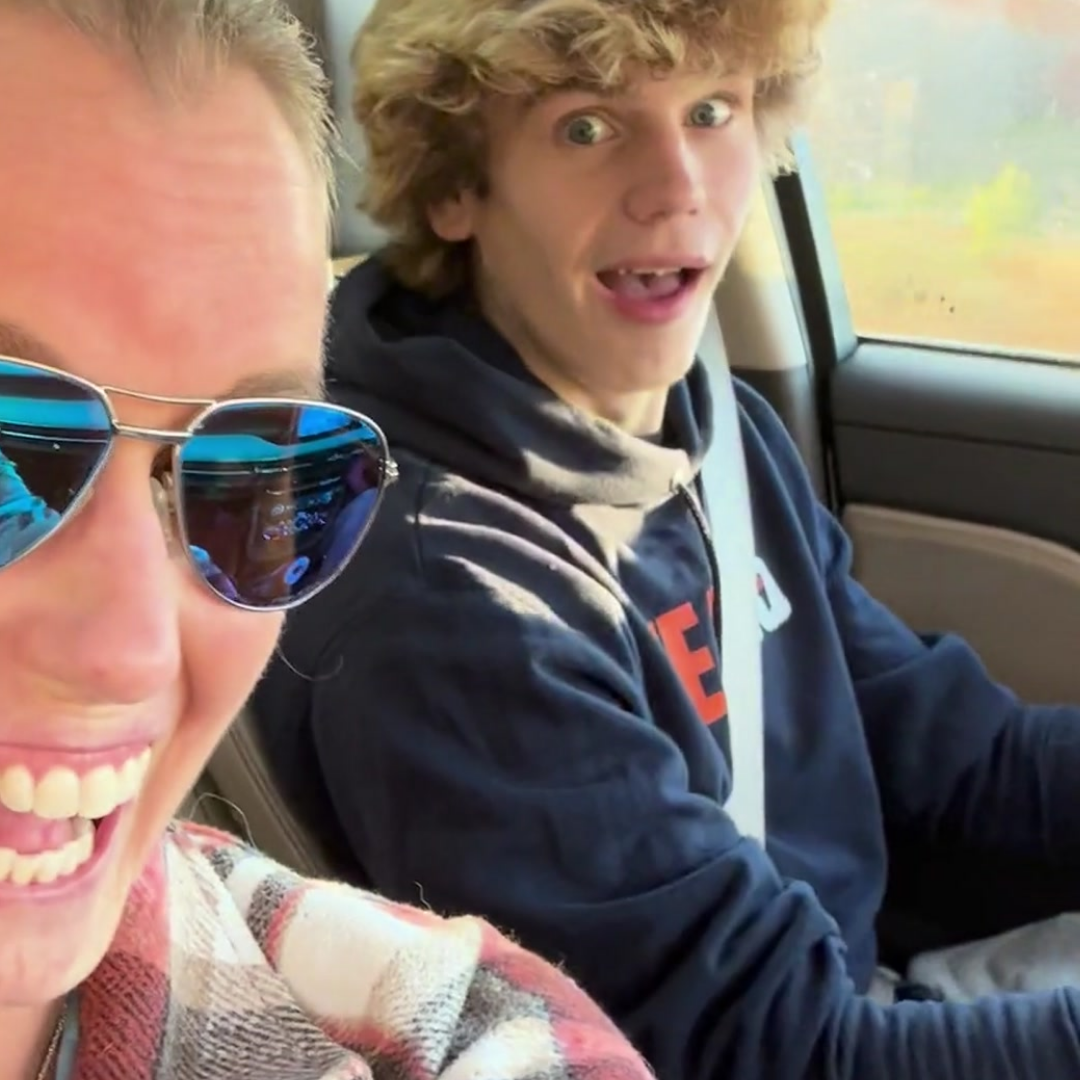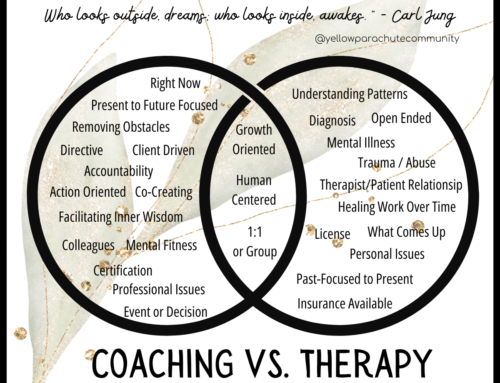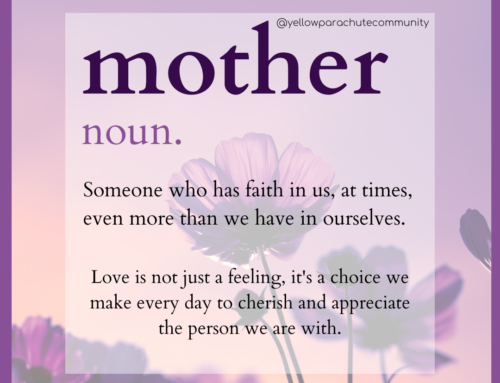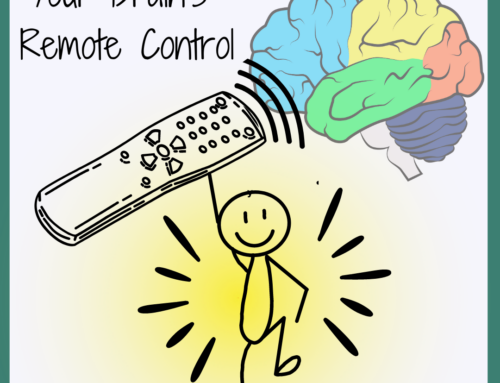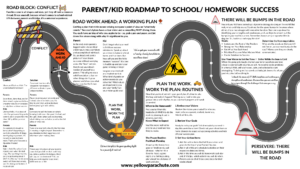Your Rollercoaster of Emotions
Emotions and Productivity
But have you ever noticed how strongly the emotions you experience influence your ability to focus on what you are doing, even how well you are doing it? If you feel angry, frustrated, overwhelmed, or bored, it may be hard to apply your concentration, especially if you have ADHD or executive function challenges.
With the exception of certain individuals who say they work best under pressure, (yep this is real, isn’t it?) most of us work best – meaning we see the whole picture, solve problems creatively, and obtain the most satisfactory outcome – when we are calm and can “think clearly” using the parts of our brain that help us find solutions. All humans share the same brain-tendencies in this way. You can read more about Wizard Brain vs. Lizard Brain in our recent blog article!
Emotional Regulation
Learning to Drive
3 Benefits of Parenting With Emotional Regulation I’ve Learned From the Passenger’s Seat…
Emotional regulation:
1. Helps you focus on what’s most important.
2. Builds relationship, confidence, and trust.
3. Allows your kid to self-correct and move forward.
1. Helps you focus on what’s most important. So before I get in the car with my kid, here’s what I tell myself, “as long as we get there safely, everything else is OK.” And I have realized, over time, that there are so many other places I can apply that concept! First, from the passenger’s seat: When it comes to learning to drive, the ultimate goal is to reach your destination safely. Initially, our new drivers may struggle with minor issues such as oversteering or misjudging acceleration onto an on-ramp. Yikes! However, as long as I can stay calm and guide my person through the braking, we achieve our primary objective. The key here is emotional regulation, which enables me to refocus from the awkward ramp exit to the bigger picture of learning how to do it for next time. What keeps me calm? I ultimately trust that he doesn’t want to be in the ditch either. And if I can talk him through it calmly, there’s a better chance that he can use the advice I’m giving him and make the change we need him to make. Ultimately I want him to be able to handle ramps and turns with ease, rather than curling into a ball in fear. So I focus on what I want him to be able to do, and it helps me do what I need to do. Do you see how this can be powerful?
Be it your child practicing behind the wheel, establishing effective study routines, or maintaining an organized room, it’s essential to plan the main goals and establish measurable criteria. Additionally, you must determine what aspects can be overlooked or let go of during the process of achieving these goals.
2. Building relationships, confidence, and trust is easier when we are in control of our emotions. When we are predictable and don’t overreact to mistakes, we create a safe environment for others to relax and be themselves. This state of relaxation helps them think better. A trick I’ve learned to foster my emotional control while driving with my son, is to help me feel more in control of the situation by helping him feel more in control. While this may sound like a Jedi mind trick, here’s what I do: I make it a point to acknowledge his good driving decisions and the things I notice around us. Maintaining a calm and conversational tone, I praise him for following the speed limit, being aware of road signs, and looking ahead to monitor traffic. This regular, positive feedback normalizes our communication and builds trust between us. In the case that something does go wrong, we already have already built a foundation of positive conversation and positive feelings to rely on. So my “correction” doesn’t loom as large compared to all of the other great things that have happened on our drie. A hidden benefit: Expressing my thoughts aloud also helps me regulate my emotions because I don’t have to worry about whether he understands what to do. Teehee! I don’t have to sit there clutching the “oh shoot handle” because I feel completely out of control.
Instead, he can calmly reassure me, and I can acknowledge his learning progress. I’ve also noticed that he is more open to acknowledging his weaknesses when we are just chatting back and forth. This back-and-forth exchange of information fosters trust and prevents unnecessary stress or anxiety. In this way using emotional regulation helps me continue to create more calm for us as a driving pair, and the act of calm conversation also increases my ability to stay calm. It’s a double win!
Other places this double-win strategy can come in handy are doing homework together, preparing for the week ahead in a parent/kid planning session, setting up and maintaining routines for getting out the door, and any other areas where a play-by-play might be helpful to reinforce the actions of the “doer.” This strategy lends itself VERY nicely to classroom teaching as well!
3. Helps your kid self-correct and move forward: keep calm and drive on. The ultimate goal with anything we want our kids to learn, is that they can self-correct and move on, right? Why is emotional regulation important? Ultimately, “we want the person to be able to do the thing.”
Driving with an emotionally regulated passenger (aka not freaking out) offers a fantastic picture of the “ideal.” Picture this, the light changes from green to red, the driver doesn’t adjust right away, and the passenger says, “you’re coming in a little hot, aren’t you?” The driver notices, corrects, and says, “yeah, sometimes I have trouble with knowing when to break because I know on my test they’re not going to allow me to do two stops.” Ahh- the communication! Now you know why your kid is struggling so much to break at the lights – they’re worried about a double stop on the test.
The alternative, you yell “STOOOOOP!!!” – and maybe it scares them. Then they yell back, and every body’s heartbeat is pitter-pattering, meanwhile you’re driving down the highway at 60 miles per hour and trying to “Calm Down,” to quote Taylor Swift. What happens if the driver becomes overwhelmed by strong emotions like overwhelm or fear? Too much worry can cloud judgment and distract the driver, putting themselves and others in danger.
When we take this “keep calm and drive on” metaphor from driving to doing other things, like loading the dishwasher, setting the table, cleaning rooms, folding laundry, finishing homework, picking up siblings from practice, our ability to regulate our parental emotions helps our kids concentrate on what we want them to do, rather than concentrating on recovering from the effects our emotions have on them. We are one hundred percent human, and emotions are a natural part of who we are. Emotions are catchy, like colds and tunes, so the more we can model the emotions we want our people to have as they drive through life, the more they will be able to learn how.
I hope these examples help you see the power you have in helping your kids achieve the goals you talk about and know they are capable of achieving and inspire you to keep practicing noticing and shifting your emotions to help with your own stress load and discover the three benefits for yourself!
Now what? The good news is there are exciting techniques you can leverage to work with your emotions rather than being overwhelmed by them. We’ll revisit techniques next week. Meantime, watch for the places you’re best at regulating your emotions and a place you’d like to improve!
Yours in the journey,
Cara

